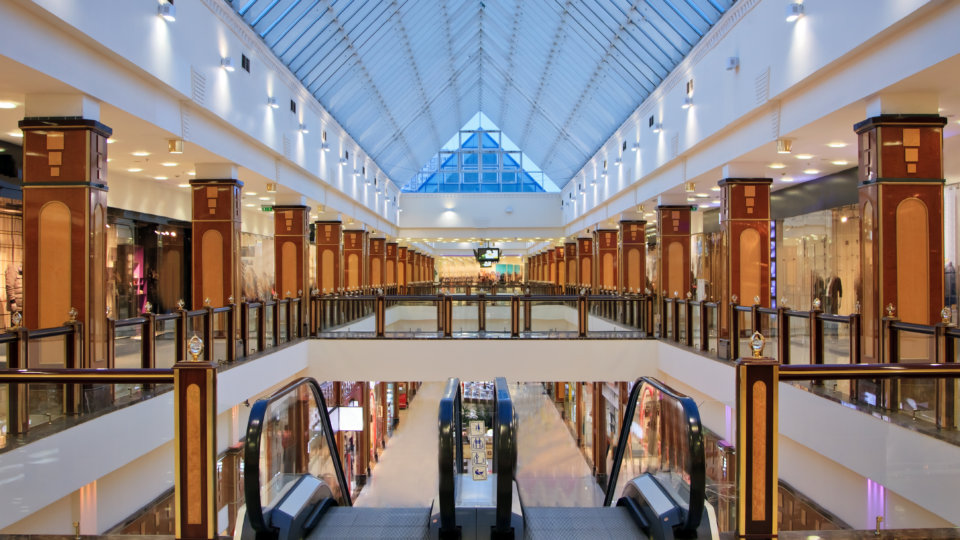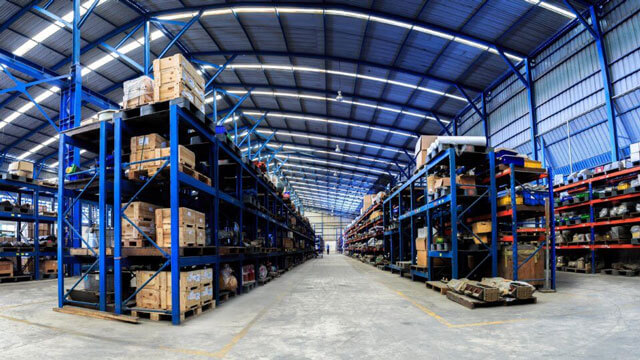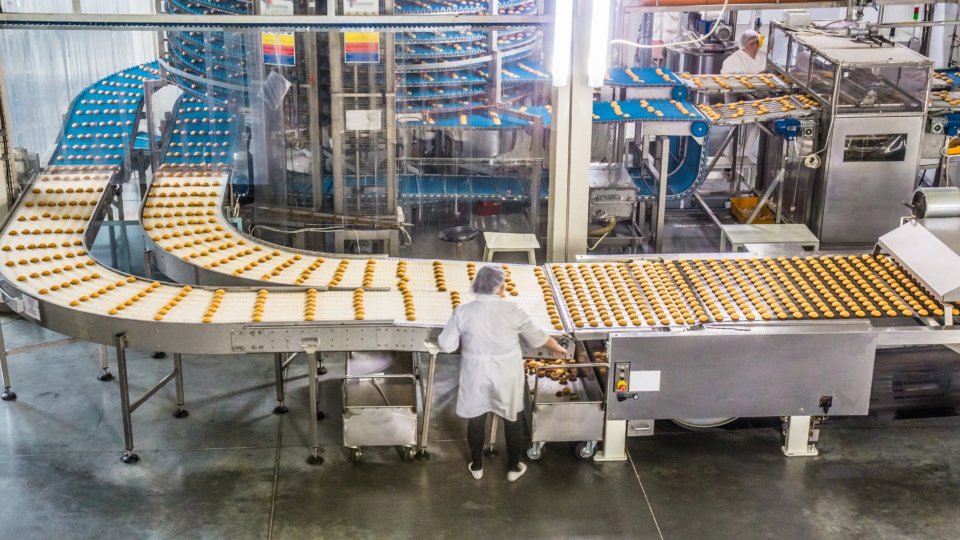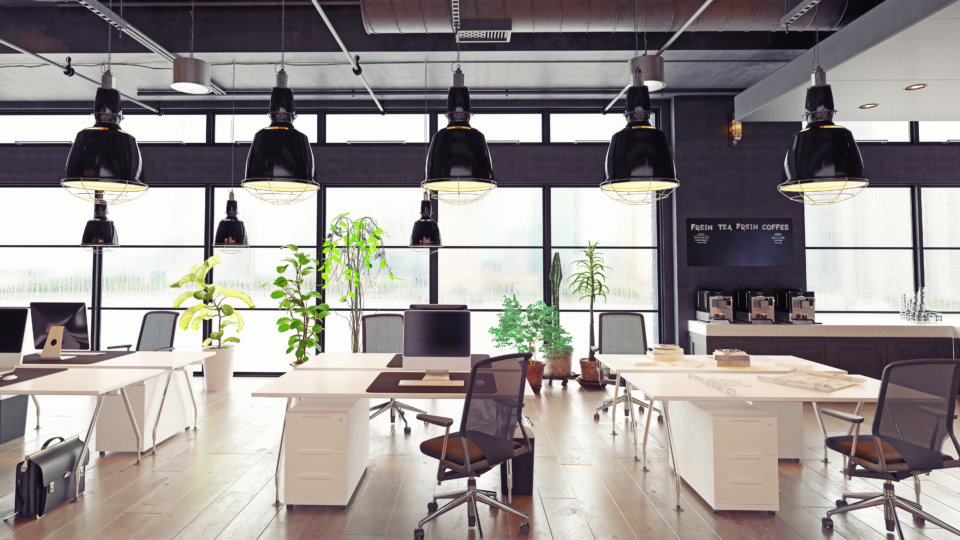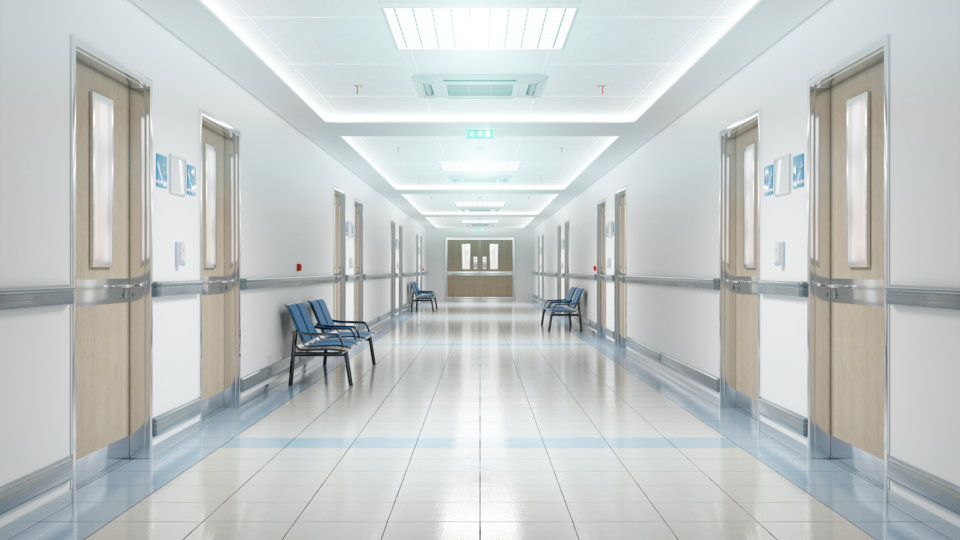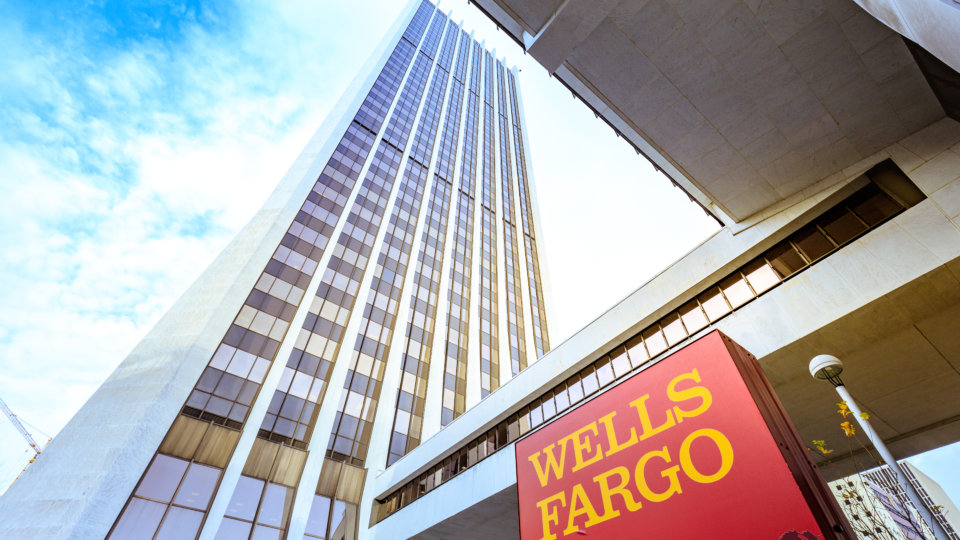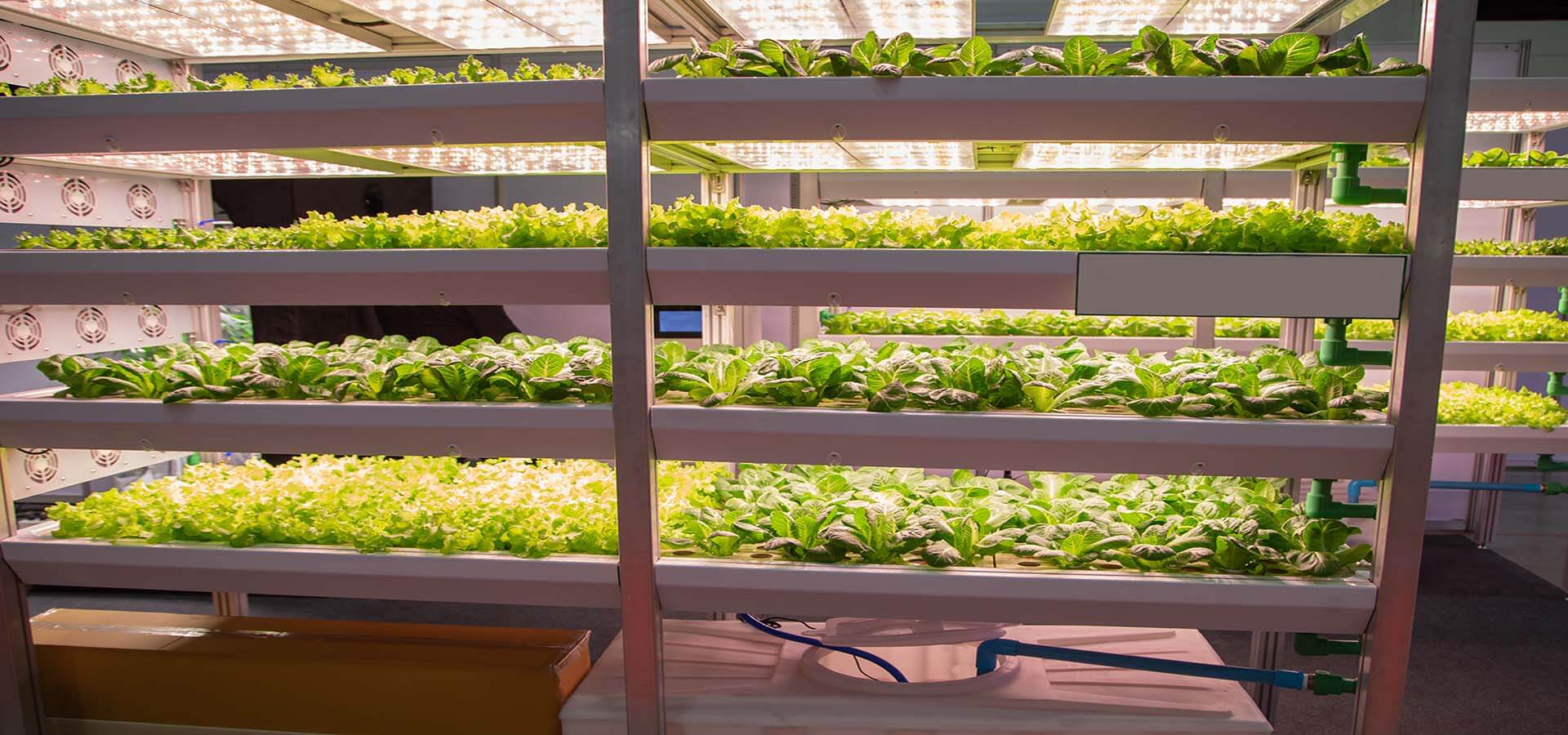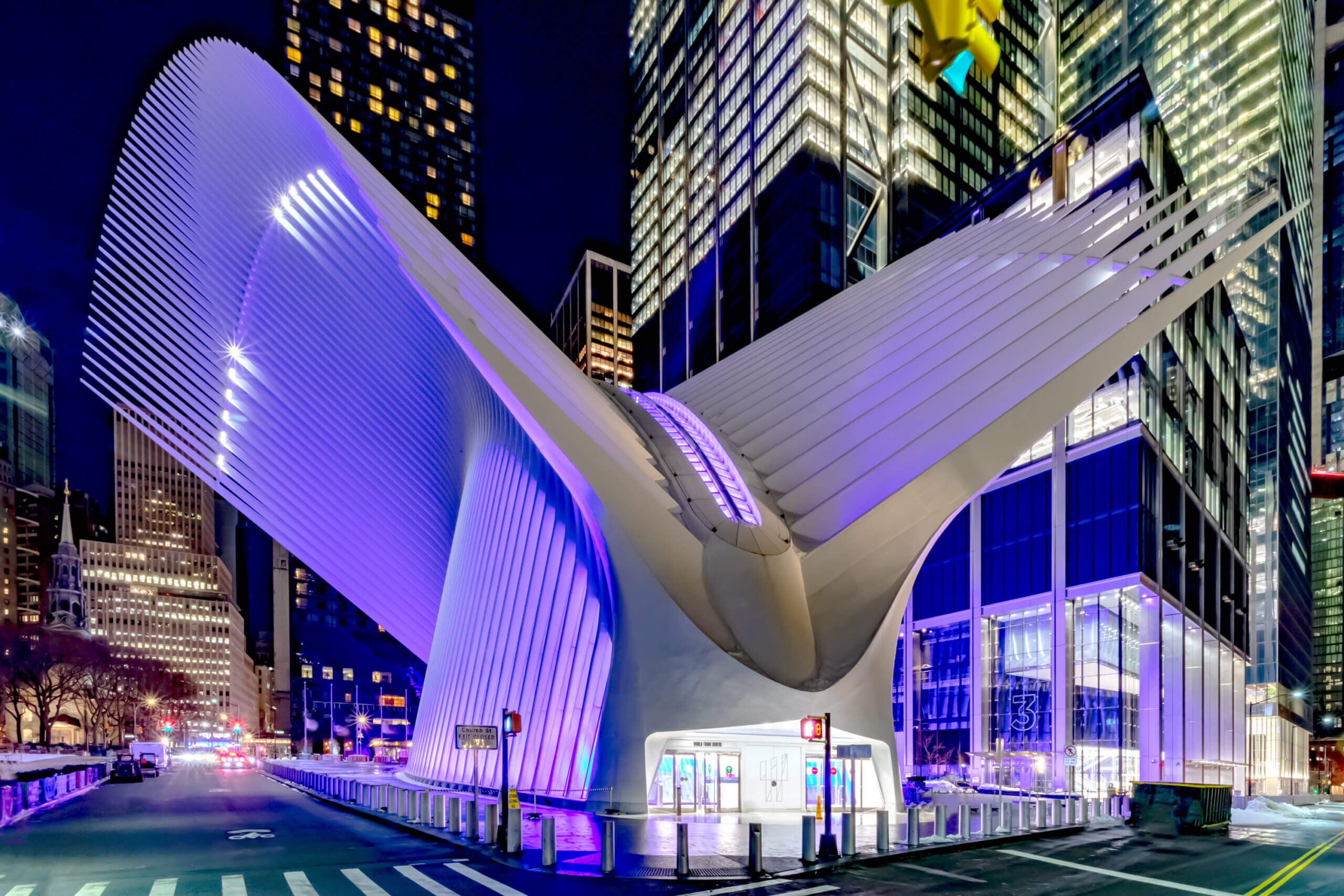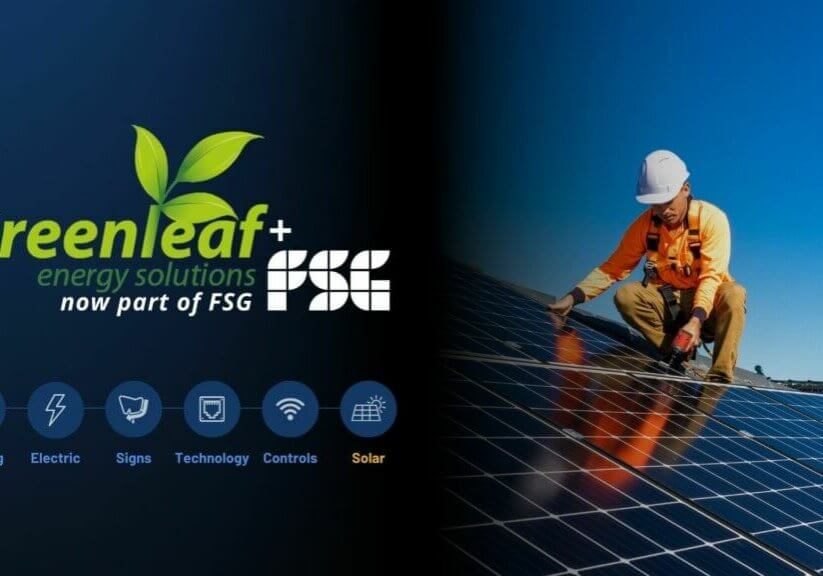You’ll hear us talk a lot about LED retrofit projects because that has been such an important segment of our business over the past ten years or so. With the clear advantages of upgrading fluorescent and halogen lighting so well documented at this point, it is hard to imagine that anyone could still be unaware of the cost and energy savings available with LED.
But a topic that is not addressed as much has to do with the fact that not all LED lighting is created equally. This is especially true when comparing some of the earliest entrants into the LED market with today’s more flexible and programmable LED technology.
Early adopters of LED lighting will recall that the first fixtures available were long on energy and maintenance savings, but maybe a little bit short on features. Some LED lighting retrofit projects we completed over the years served to remind us that customer satisfaction is what we’re in business for in the first place.
In certain cases, our completed LED retrofit projects required quite a lot of work to find the right fixture to match the customer’s particular needs. The final outcome always justified the effort, but LED products didn’t always make it easy on us. Our Waldorf Astoria project posed challenges that were common on early LED retrofits.

These days, due to advancements in LED fixtures and programmable lighting controls, customer satisfaction is more easily ensured and rapidly available. Thankfully, the technology has advanced to a point where delivering a specific lighting design, along with customer satisfaction, is a relatively straightforward proposition.

Evolving Lighting Design
In recent years, the concept of lighting design has grown to include other aspects of lighting beyond visual, task-oriented, and economic considerations. Science is pointing toward additional benefits that are possible with modern LED lighting – factors that impact the health and productivity of people who interact with a customer’s lighting design in schools, offices, hospitals, and all the other spaces where we live and work.
U.S. Government studies have reported that most people spend 90% of their time in indoor environments like residences, offices, and other work-related environments.
According to the Centers for Disease Control, our physical and social environments are among the largest determinants of good health.
The idea that the quality of our interior spaces has an impact on our overall health, happiness, and productivity is nothing new. What is new are the evolving means and methods being employed by business owners and facility managers to improve the quality of our interior workspaces.
Let’s Get Circadian for a Moment
The term “circadian” was first coined in the late 1950’s and literally translates from Latin to mean “about a day”. Most often, the term is used to reference human physical, mental, and behavioral activities that occur on approximately 24-hour cycles. Sleep, body temperature, hormonal activity, appetite, and other body functions are all regulated by our circadian rhythms.

In the natural world, with only the earth and sky around us, away from clocks and schedules and other forms of light, our circadian rhythms would naturally align with the movement of the sun.
In the modern world, however, the number and variety of artificial lighting sources sometimes work against our natural biological rhythms, with the obvious result being a disruption in our normal sleep pattern.
As our understanding of the impact of artificial lighting on our health and wellbeing has grown, an evolving area of study has emerged to focus on ways supportive lighting technology can illuminate our indoor activities while promoting comfort, productivity, and overall well-being through circadian entrainment.
Circadian entrainment is the synchronization of our internal biological clock rhythm, including its phase and period, to external time cues, such as the natural dark-light cycle. For lighting designers, circadian lighting supports the concept that electric light can be used to promote human health by tailoring lighting effects to support a healthy human circadian rhythm.
Feel the Rhythm
Anyone who has ever experienced that perfect moment when the rhythm of a windshield wiper aligns exactly with the downbeat of a favorite song on the radio already understands the concept of “entrainment”. It’s beautiful when it all lines up.
But these seemingly perfect unions seldom last, and with time the song and the sweep of the blade fall out of phase with one another.
It works the same way for humans and our relationship with the cycle of light and dark that takes place in the natural world every day. Our brains were made to move through phases of attentiveness and full cognitive ability into periods of rest and regenerative sleep.
Unfortunately, when interior spaces flooded with fluorescent light flicker along at a steady rate that runs counter to the normal ebb and flow of light in the natural world, we fall out of phase with our environment. Later, when the workday or school day is done, our brains struggle to restore the equilibrium that promotes good sleeping patterns and optimal health.
The WELL Building Solution
We’ve all come to understand that buildings can be evaluated and certified to standards for Leadership in Energy and Environmental Design (LEED). The LEED standard focuses on sustainable building practices and the extent to which a building is “green,” sustainable, and healthy. It lays the groundwork for building designers to implement measures regarding energy savings, water efficiency, and CO2 emissions reduction.
While the LEED standard focuses on the health of buildings, the WELL building standard takes the next step and focuses on the health and wellbeing of the people in those buildings.

The folks at the International WELL Building Institute (IWBI) have created a system for measuring, certifying, and monitoring features within buildings that impact human health and wellbeing. The WELL building standard is the world’s first guidance focused exclusively on the health and wellbeing of building occupants.
The WELL standard begins where LEED leaves off. IWBI believes it is not enough to create a LEED-certified building. The WELL building standard focuses exclusively on the people who inhabit those spaces, and on the systems within those buildings that improve human comfort and wellness.
WELL uses medical and related data to explore the connection between buildings and the people who inhabit them, and for lighting designers working at the top of their game, that’s where the concept of circadian entrainment comes into play.
Lighting Design that Promotes Health and Wellbeing
Lighting designers understand the human impact of poor lighting within buildings. It is widely known that improper lighting can cause a variety of negative health effects, such as fatigue, eye strain, and headaches.
As LED technology has matured, more options now exist to promote healthy interior spaces. Today, lighting designers are focused on three main approaches to promoting healthier circadian lighting systems: intensity tuning, color tuning, and stimulus tuning.
Intensity Tuning – Intensity tuning is the most common solution to promote circadian lighting. Lighting controls allow fixtures to maintain a set correlated color temperature (CCT) while the intensity (brightness) of the fixture is adjusted to match the time of day.
Color Tuning – Color tuning is the technique of adjusting the color of electric lighting in a space. Color tuning enhances the ability of lighting to dramatically change the look of a lighted space. Color tuning can be warm dimming, tunable white, or full-color tuning.
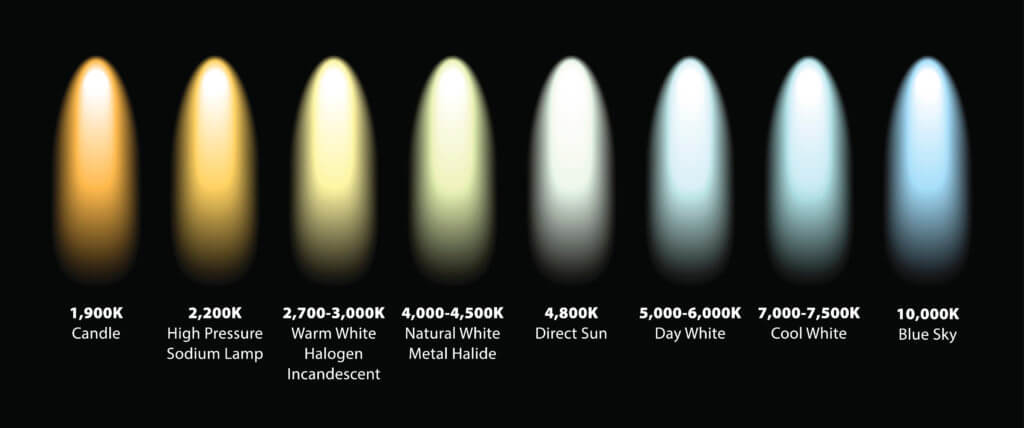
Stimulus Tuning – Stimulus tuning involves replacing the “bad blue” with “good blue” light wavelengths to more closely match the daylight spectrum. Stimulus tuning light fixtures reduce blue light wavelengths during the evening/nighttime hours to limit melatonin suppression without changing the CCT.
Across the lighting industry, these topics are the subject of increasing focus as facility owners and managers begin to understand the implications of proper lighting that is properly tuned. The National Association of Innovative Lighting Distributors (NAILD) even hosts a podcast for folks interested in learning more about the latest lighting design considerations.
In episode 164 (below) the NAILD speaks with Adam Lilien from UL Global and Bryan Steverson from GSA (General Services Administration). They discuss circadian rhythms, color temperature, and well buildings:
Lighting Design that Works for You
Modern facility management has come a long way. New technologies are providing interconnectivity while promoting energy efficiency. And, thanks to innovations in LED lighting technology and controls, the health and comfort of the people who inhabit modern facilities are beginning to get more attention as well.
The workplace environment is a primary driver of employee well-being, and the same logic applies to schools, hospitals, hospitality venues, and any other facility where people gather indoors. The complex nature of how our bodies relate to and react to light has a direct impact on psychological factors such as concentration, mood, motivation, and engagement.
At FSG, our lighting designers are fully aware of the latest developments in LED lighting options and controls. And just like on our very first LED lighting retrofit project all those years ago, we make sure to keep customer satisfaction and overall lighting design intent at the forefront of our service offering
Call Us at (512) 886-1258 today to find out more about how your building’s lighting design can be optimized to deliver an environment that promotes the best work, study, and health possible.



